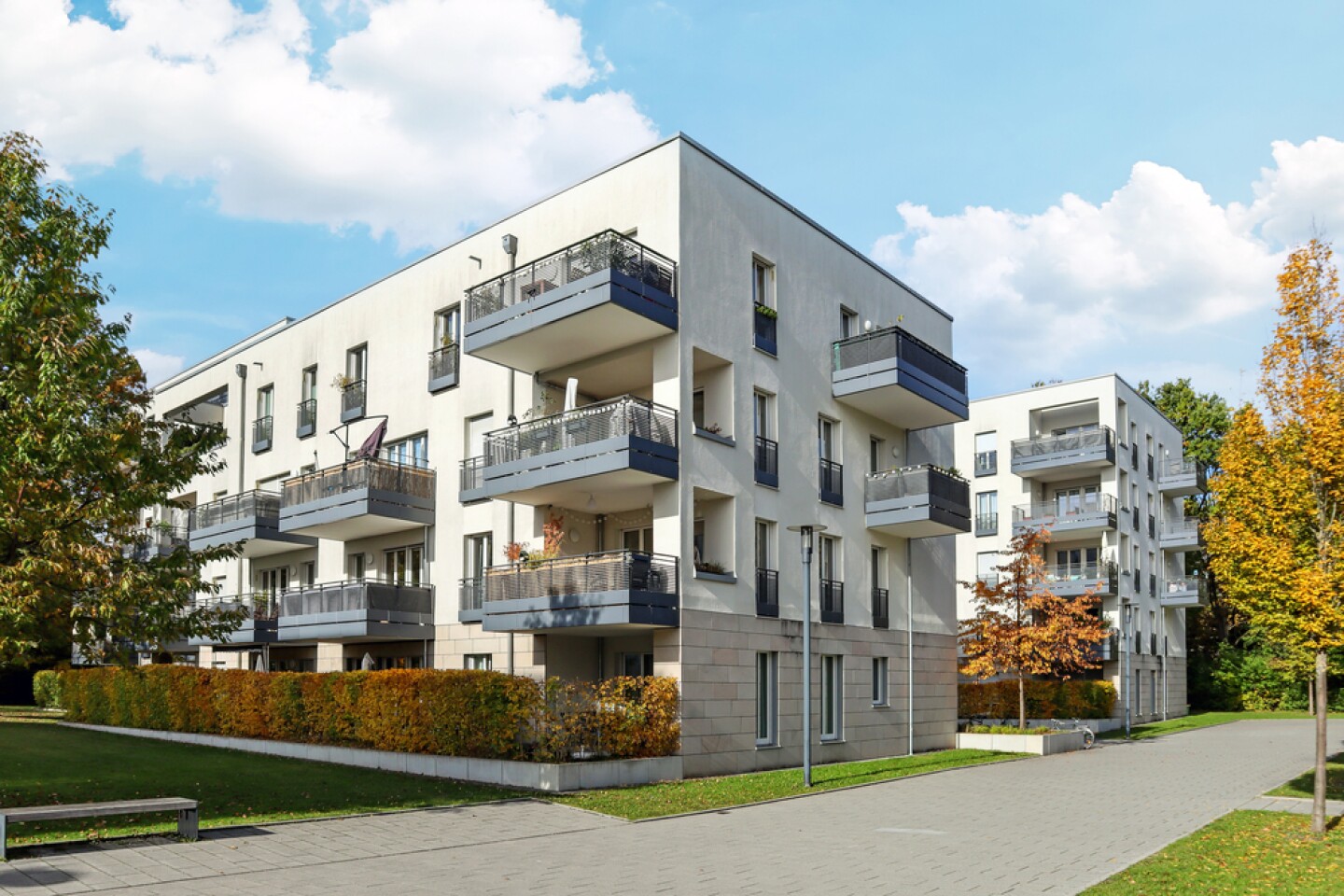
The panel featured (from left to right above): moderator Lola Woetzel, senior partner emerita at McKinsey & Company; Jon Tanaka, head of Asia Pacific and co-head of Japan at Hines; Belinda Bentley, managing director of 9Springs; Stephanie Lo, vice chairman and executive director at Shui On Land; and Aaron Foong, executive director of building and cities at SJ Group.
ULI
Setting the tone for this year’s ULI Asia Pacific Summit, moderator Lola Woetzel, senior partner emerita at McKinsey & Company, presented a panel of industry leaders with the perennial question: “How does it feel to live here?”
The discussion brought into sharp focus the complex realities shaping housing across the region. Each market, it became clear, is shaped by its own distinct circumstances, challenges, and shifting priorities. Yet amid the diversity of Asia Pacific’s housing landscape, several common themes emerged: the powerful influence of government policy, the growing importance of social connection, and the urgent quest for attainability as demographics continue to shift.
The panel featured (from left to right above): moderator Lola Woetzel, senior partner emerita at McKinsey & Company; Jon Tanaka, head of Asia Pacific and co-head of Japan at Hines; Belinda Bentley, managing director of 9Springs; Stephanie Lo, vice chairman and executive director at Shui On Land; and Aaron Foong, executive director of building and cities at SJ Group.
Distinct Market Realities
Japan, once lauded for its affordable rental sector and institutional strength, is now at a crossroads. “Japan has done a good job of providing affordable rental and affordable housing, but it is changing,” observed Tanaka Condominium prices in central Tokyo have doubled over five years, as global capital—lured by a weak yen and the city’s enduring allure—meets a domestic turn toward ownership. The result: record prices and new pressures on affordability, even as the nation’s famously robust tenant protections remain in place.
Australia, by contrast, is blessed with land but beset by obstacles. Belinda Bentley, managing director of 9Springs, noted that “key challenges for Australia are labor and material shortages, high costs, lack of land productivity, and the complex planning system.” Most critically, development feasibility is under siege, with project costs frequently outstripping achievable sales. Meanwhile, aspiring homeowners may have to wait more than a decade to save for a deposit, and social housing waitlists can drag on for years.
China, for its part, is undergoing a profound economic transition. With 60 percent of private wealth tied up in property, housing market fluctuations strike at the very core of domestic consumption. The slowdown in prices and the shift toward a consumption-led growth model is palpable. Stephanie Lo signaled a clear direction: urban renewal, with new developments that blend elderly care, community, and heritage.
In Singapore, the state’s direct hand in housing has resulted in what is arguably the region’s most attainable market—if also, paradoxically, one that is “asset rich but cash poor.” Here the challenge lies in sustaining growth without sacrificing affordability or livability. “Everyone has an interest in ensuring their property price doesn’t drop, but it must grow in a sustainable way,” said Aaron Foong pointing to the delicate art of policy and design.
Aging Populations: Shaping Tomorrow’s Homes
Demographic change is sweeping across Asia Pacific, quietly but profoundly reshaping what “home” means for millions. Lo emphasized that the pivot toward urban renewal in China is inseparable from the need to accommodate an aging population, with a renewed focus on diverse housing models and community-based elderly care.
Australia, too, faces an acute challenge. As Bentley pointed out, a proliferation of older adults are living alone in large, under-utilized homes, even as the broader housing crisis intensifies. New models of senior living are emerging—precincts that combine affordable housing, childcare, and aged care—designed as antidotes to isolation and loneliness, and promoting mental well-being through cross-generational contact.
Japan, meanwhile, offers a glimpse into a future where senior housing is naturally interwoven into the city’s fabric. Tanaka described how strong property rights and an efficient, administrative planning system enable diverse models of senior living. Unlike isolated retirement villages, Japanese cities integrate age-appropriate housing into neighborhoods linked by extensive transit, encouraging interaction across generations and supporting mobility for an aging population.
The Hand of Policy: Constraints and Opportunities
No discussion of housing in Asia Pacific would be complete without a nod to the decisive impact of government. In Singapore, policy alignment is a “chicken and egg” affair, yet one that enables ongoing renewal and asset growth, according to Foong. Developers are now calling for incentives that reward sustainable redevelopment, tasteful density, and adaptive reuse, all while preserving what works.
In China, Lo observed that rigid zoning still hampers mixed-use innovation, yet pressure is building for reform that will unlock more vibrant, integrated neighborhoods—places where people can live, work, play, and learn.
Australia’s housing malaise is exacerbated by a notoriously slow and complex planning system. Progress is being made, with government land releases and social housing funding, but Bentley underscored the urgent need for a bipartisan, long-term housing strategy to address deep-seated issues.
Japan’s robust tenant protections ensure stability but make redevelopment costly and slow—a balance that, while praiseworthy, could benefit from a more nimble approach as the nation’s housing stock ages, as highlighted by Tanaka.
Housing Attainability: A Regional Lens
All of these narratives are put into sharper focus with the upcoming ULI Asia Pacific Home Attainability Index 2025, previewed at the summit. Spanning more than 40 cities across 11 countries, this comprehensive report paints a clear picture of the widening gap between incomes and housing costs in the region. The findings are striking: while 80 percent of markets still offer affordable rentals, just 14 percent provide attainable home ownership. The underlying causes may differ—supply constraints in emerging economies and soaring prices in more mature markets—but the need for solutions is universal.
If you care about the future of housing in Asia Pacific—whether you’re a policymaker, developer, planner, or simply an engaged citizen—be sure to join the ULI Asia Pacific Webinar: Home Attainability Index 2025 on July 9. Sign up now to gain valuable insights and help shape a more attainable future for housing across the Asia Pacific region.

